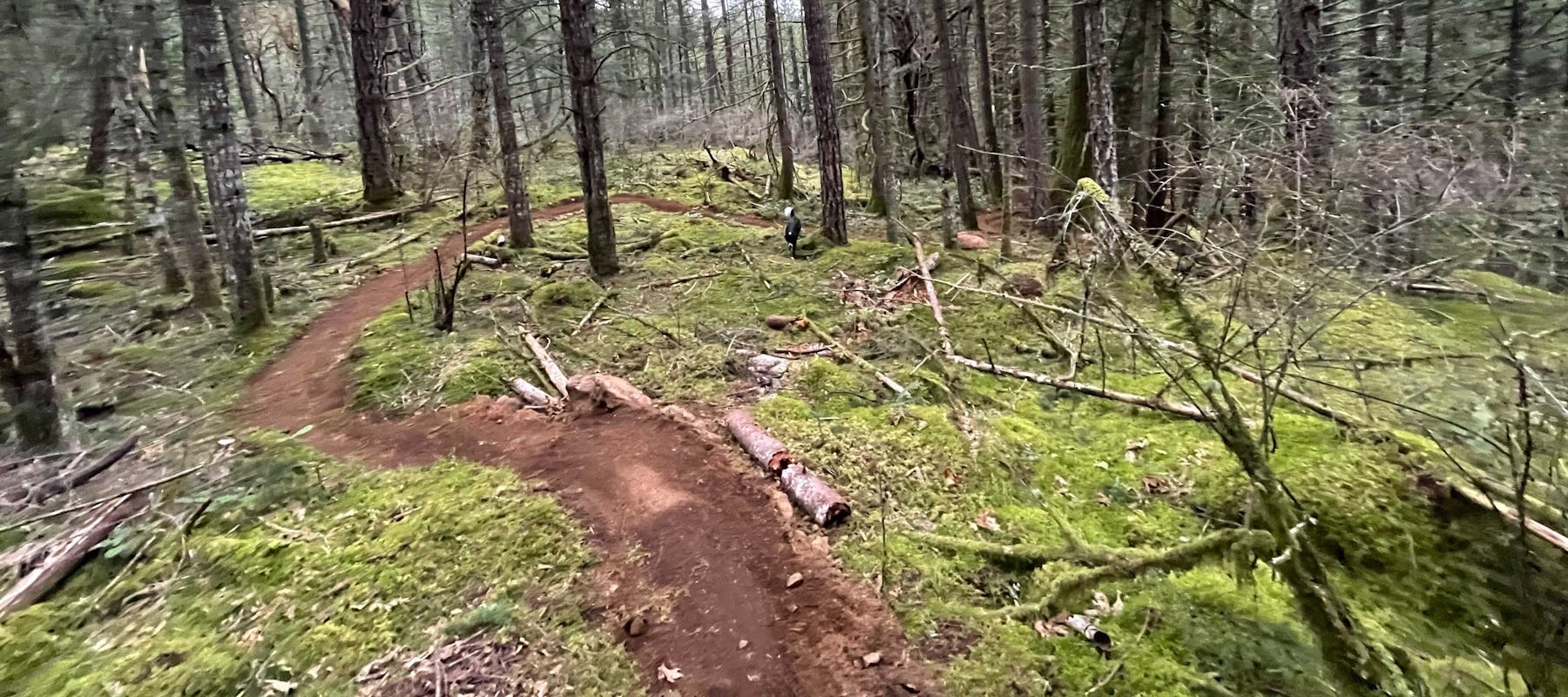The CRD’s Mountain Biking Guidelines don’t go far enough — help us fix that

On Friday, the CRD released draft Mountain Biking Guidelines that will determine the future of mountain biking in CRD Regional Parks. Needless to say, this is a huge deal: with the right guidelines in place, the CRD will be able to tap into the incredible mountain biking community and world-class terrain on our doorsteps, to deliver an adequate supply of the outdoor recreation opportunities that residents are asking for.
Unfortunately, the draft Guidelines that are being put forward to the Parks Committee on Wednesday won’t do that. Although the CRD invested substantial resources ($40,000!) into assembling a Mountain Biking Advisory Committee to provide advice to the CRD, key recommendations of the Committee are not reflected in the final Guidelines. For that reason, SIMBS is calling for the Parks Committee to refer the Guidelines back to staff for changes.
A good example of this is how the draft Guidelines address the issue of unsanctioned trails. Rogue trail building is one of the biggest challenges in the Regional Parks system and its root cause is not acknowledged. Despite the MBAC stating in its Advice and Guidance Report (the suggestions provided by the committee to CRD staff, to help develop the formal Guidelines) that the number one solution to unauthorized trails is to “develop a sufficient volume and diversity of trails that meet users’ needs.”, the staff Guidelines make no mention of this.
That principle — that the solution to unauthorized trail building is to meet demand — is nowhere to be found in the CRD’s Guidelines. Instead, the Guidelines say multiple times that “the full demand may never be met” when it comes to trails — neutralizing a key suggestion for improving the relationship between the CRD and mountain bikers out of hand.
That principle — that the solution to unauthorized trail building is to meet demand — is nowhere to be found in the CRD’s Guidelines.
Resignation that Regional Parks may never meet mountain bikers’ expectations is a theme that runs throughout the Guidelines. It’s well recognized that mountain biking is an activity that contributes immensely to the health and prosperity of communities that embrace the sport. Mountain biking contributes to mental and physical well being, brings diverse groups of people together in nature, and provides major economic benefits to the communities across BC.
Unfortunately the focus of the draft Guidelines is firmly on negative impacts of mountain biking rather than its benefits. This is important, because in the CRD’s own words, the document will provide a “systematic and consistent decision-making process for planning, developing and managing mountain biking activities.” But when the guidelines weigh so heavily on the perceived negative impacts of mountain biking, without acknowledging its benefits, it’s easy to see where the “decision-making process” will go.
More than anything, the Guidelines formalize barriers that have been blocking the growth of mountain biking in regional parks for years. The guidelines misrepresent what mountain biking is, and the MTB opportunities currently available in our region — topics that the advisory committee spent significant time addressing. Understanding what the activity of mountain biking actually entails is critical to addressing the wide gaps in the system, but the Guidelines seem to imply that MTB is basically anything where a bike is not on pavement. While the CRD highlights the “249 kilometers” of trails that allow some kind of mountain biking or cycling, as well as BMX and jump parks built by local municipalities, the reality is that there’s only two real mountain biking areas within the CRD, and only one of those has a license agreement enabling formal trail maintenance.
The bottom line is that the Guidelines, as currently written, fail to recognize much of the work done by the advisory committee to define mountain biking, the trails currently available in the CRD, and what is necessary to meet the demands of a growing sport with broad benefits to the community.
These Guidelines are important: they’re a long time in the making, and we believe that if done properly, they’ll set a positive foundation for mountain biking in the CRD for the foreseeable future. That’s why we’re asking everyone to write or call the CRD directors and ask for the Guidelines to be referred back to staff for amendments.
You can use the email address crdfeedback@simbs.com, which will forward your message to key CRD directors and staff; contact information for individual directors can also be found here. We have an important opportunity to shape the future of mountain biking in our community here, and every voice counts: contact the CRD (referencing item 6.2 on the April 28 Regional Parks Committee Agenda), tell them that you think the draft Guidelines are insufficient, and encourage your friends to do the same.
If you are available to speak virtually at the Regional Parks Committee meeting (which starts at 10AM Wednesday, April 28th) please register to do so here. Speakers have the opportunity to address the Committee personally, and it is the most effective way to make your voice heard.